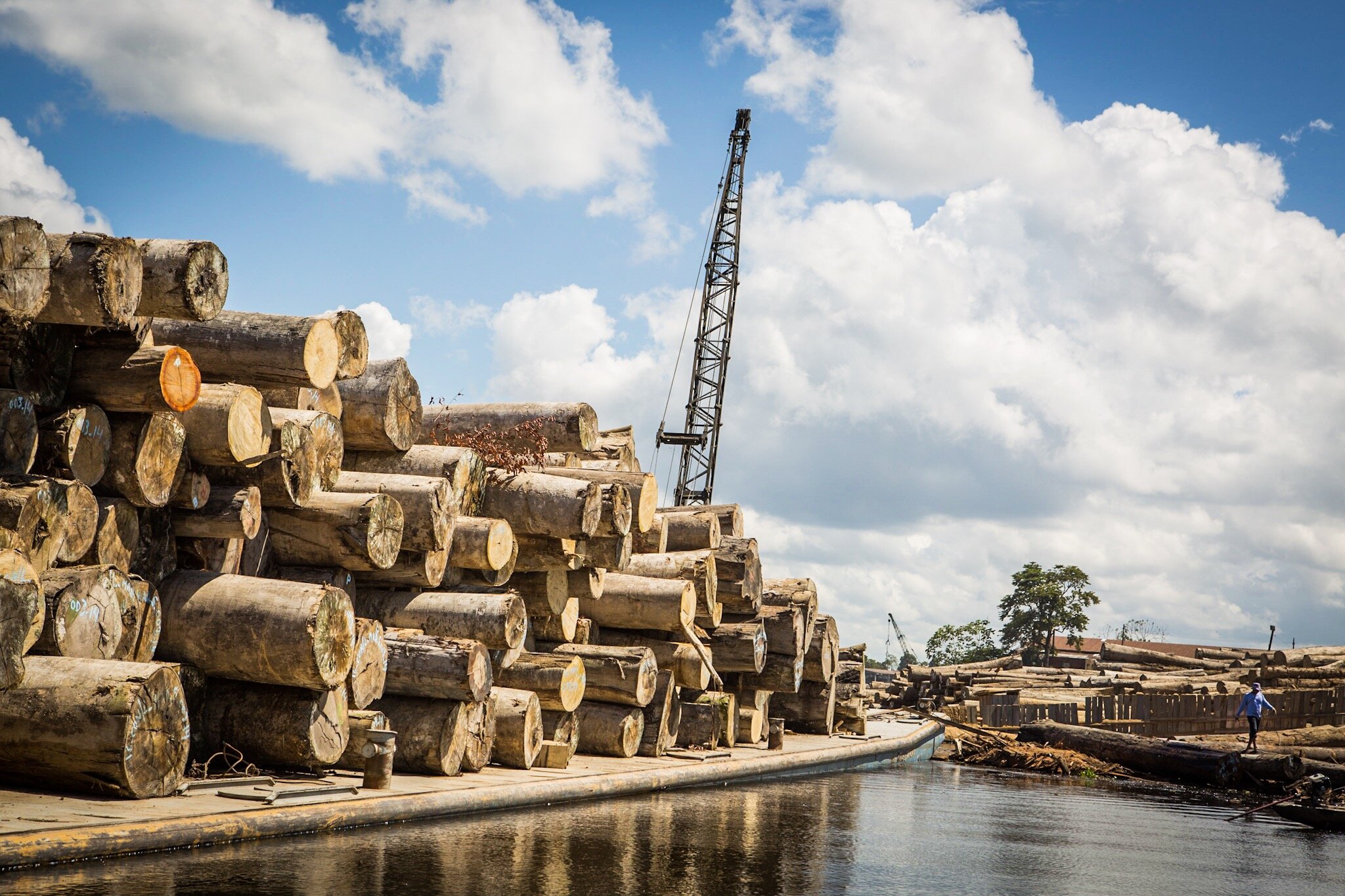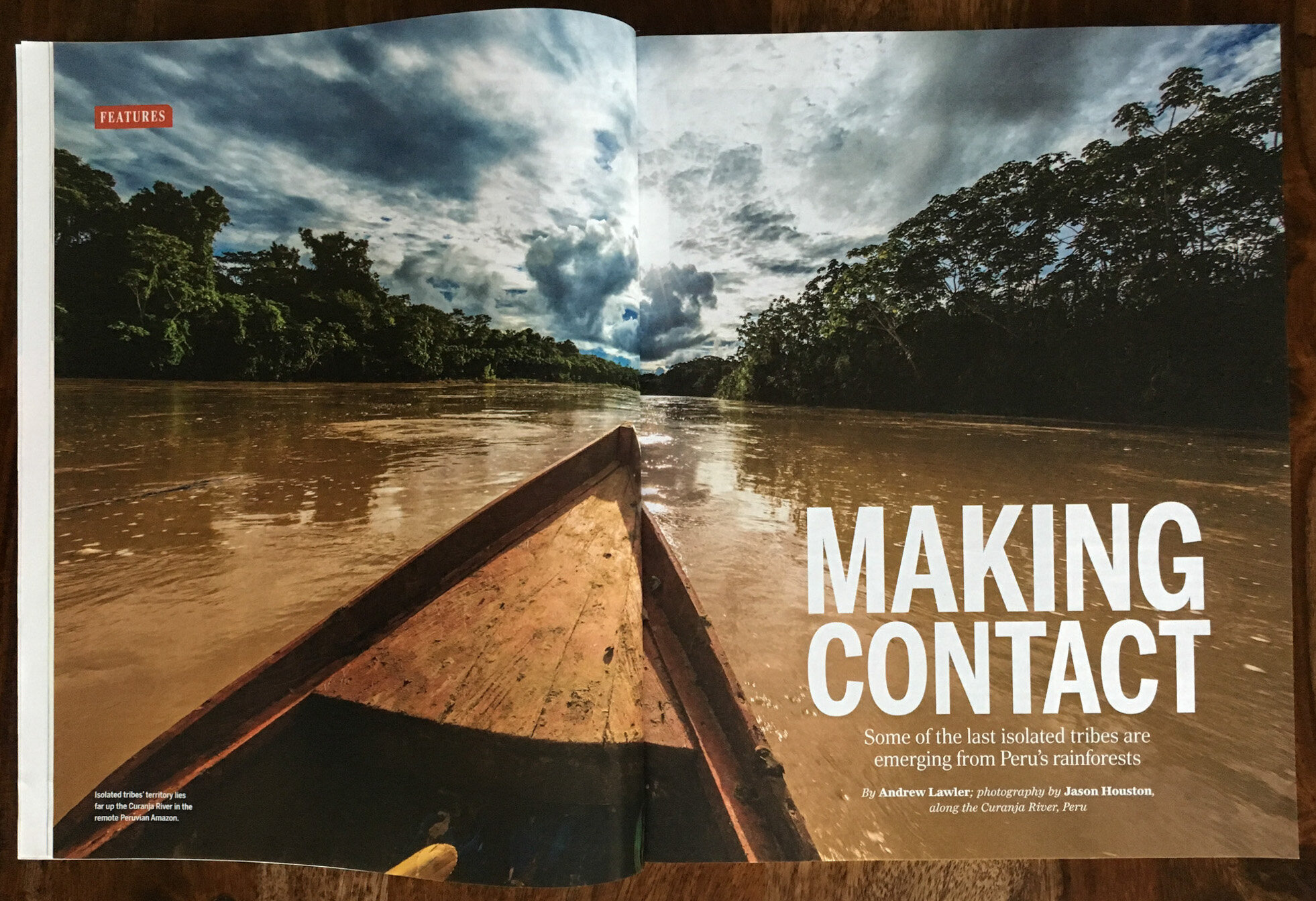
COVER STORY for SCIENCE MAGAZINE & ONGOING COLLABORATIVE PROJECTS
The Alto Purús region in southeastern Peru is among the most remote and inaccessible areas of the Amazon, where still-intact plant and animal communities provide sustenance for some of the last isolated “uncontacted” tribes on Earth. In recognition of the region’s extraordinary biological and cultural diversity, in 2004 Peru designated this critical, core region as the Alto Purús National Park. Covering 6.2 million acres, the Park is Peru’s largest, and together with Manu National Park, anchors a massive 25 million acre mosaic of protected areas, forestry concessions, territorial reserves, and indigenous lands. While still largely intact, this complex is imminently threatened by a number of familiar deforestation drivers including logging and mining, oil and gas development, illegal coca plantations, agricultural expansion, and both illegal and official road construction projects that open up previously inaccessible forests with devastating and irrevocable impacts on the ecosystems and all who depend on them.I have been working in this region of the Amazon on protected areas and human rights since 2015. My introduction was photographing a cover story for Science Magazine on issues of isolated tribes and indigenous communities impacted by illegal extractive industries. I have since returned a half dozen times on related projects with Chris Fagan, Executive Director of the Upper Amazon Conservancy, working on issues such as road construction, local economic development, and new protected areas. Our current work, the “Gateway Communities Initiative”, is with the most remote villages on the edges of the most critical protected areas, helping empower them to become stewards of their place. I have also worked in my capacity as a fellow at Wake Forest University’s Center for Energy, Environment, and Sustainability working with their flagship Centro de Innovación Científica Amazónica (CINCIA) program on mercury contamination from artisanal gold mining in the Madre de Dios region and its impact in restricted areas deep in Manu National Park.













































